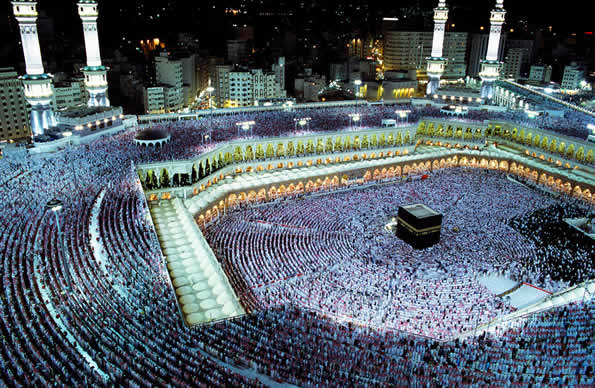The 2023 Hajj pilgrimage witnessed a significant mobilization of resources and technology to facilitate the smooth movement and comfort of millions of pilgrims converging on the holy cities of Makkah and Madinah. A comprehensive transportation network, encompassing air, rail, and road infrastructure, was meticulously orchestrated to ensure seamless transitions throughout the various stages of the Hajj rituals. The scale of this logistical operation is evident in the sheer volume of pilgrims transported and the innovative technologies deployed to enhance their experience. This commitment to providing a safe and efficient pilgrimage underscores the significance of the Hajj in the Islamic faith and the dedication of Saudi authorities to its successful execution.
Air travel played a pivotal role in bringing pilgrims from across the globe to Saudi Arabia. A fleet of 62 air carriers operated a staggering 3,314 Hajj flights, connecting pilgrims from 238 destinations spanning 71 countries. This intricate network of flights highlights the global reach of the Hajj and the logistical complexities involved in coordinating such a massive influx of individuals. The successful management of these arrivals is a testament to the meticulous planning and coordination between the Saudi authorities and international airlines. The efficient processing of pilgrims through airports ensured minimal delays and facilitated a smooth transition into their Hajj journey.
The Haramain High-Speed Rail emerged as a key component of the transportation infrastructure, providing rapid and convenient travel between Makkah and Madinah. With a scheduled 4,700 trips, the high-speed rail offered up to two million seats, representing a substantial increase of 400,000 seats compared to the previous year. This enhanced capacity catered to the growing number of pilgrims utilizing the rail network, significantly reducing travel time and alleviating congestion on traditional road routes. By Sunday, the rail service had already transported 700,000 passengers, demonstrating its efficiency and popularity among pilgrims. The continued operation of the high-speed rail throughout the Hajj period ensured that pilgrims could easily access the holy sites and fulfill their religious obligations.
Complementing the high-speed rail, the Mashaer Train provided dedicated transportation within the holy sites, facilitating the movement of pilgrims between the various locations where Hajj rituals are performed. Operating over 2,000 trips, the Mashaer Train was projected to transport more than two million passengers during the seven-day pilgrimage. This dedicated transportation system played a critical role in managing the flow of pilgrims within the confined spaces of the holy sites, mitigating potential congestion and ensuring the smooth execution of religious rites. The Mashaer Train’s capacity to handle such a large volume of passengers underscores its importance in the overall Hajj transportation plan.
Beyond the extensive transportation network, innovative technologies were deployed to enhance the comfort and safety of pilgrims. A notable example is the expansion of road cooling technology in the holy sites, which covered 82% more area compared to previous years. This technology, aimed at mitigating the effects of extreme heat, effectively reduced road surface temperatures by 12 degrees Celsius, providing much-needed relief to pilgrims traversing the often-crowded areas. The implementation of such innovative solutions reflects the commitment of Saudi authorities to prioritize the well-being of pilgrims and ensure a comfortable Hajj experience.
Furthermore, significant advancements in communication technology ensured that pilgrims remained connected throughout their journey. 4G and 5G coverage reached 99% in Makkah, Madinah, and the holy sites, resulting in a substantial increase in internet speed to 264 megabits per second. This enhanced connectivity enabled pilgrims to stay in touch with loved ones, access information, and share their experiences. Over 10,000 Wi-Fi access points were deployed to further strengthen connectivity, providing convenient internet access across various locations. The Communications and Space Technology Commission also implemented a groundbreaking AI crowd management experiment using HAI surveillance cameras, showcasing the integration of advanced technology to enhance safety and efficiency during the Hajj. These technological advancements demonstrate Saudi Arabia’s commitment to providing a modern and connected Hajj experience for pilgrims from around the world.














